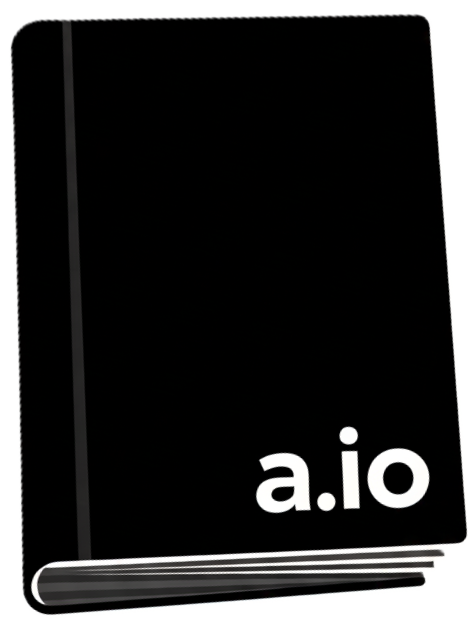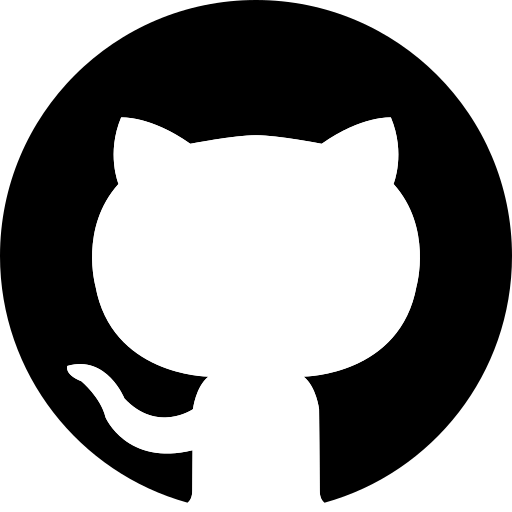

HTML stands for HyperText Markup Language. It is the standard language used to create and structure the content of a webpage.
First Website: https://info.cern.ch/hypertext/WWW/TheProject.html
What it is: Headings are tags used to define titles and subtitles on your page. They are crucial for creating a logical hierarchy and outline for your content.
<h1>Heading 1</h1>
<h2>Heading 2</h2>
<h3>Heading 3</h3>
<h4>Heading 4</h4>
<h5>Heading 5</h5>
<h6>Heading 6</h6>
The Purpose: To structure your document in a way that is understandable to both humans and machines (like search engines and screen readers). It is not just for making text big; it is for giving the text structural importance.
What it is: The paragraph tag is the most common tag you'll use. It's for grouping sentences and blocks of text together.
The Tag: <p>
The Purpose: To define a distinct paragraph of text. Browsers automatically add a little bit of space before and after a <p> element, separating it from other content. You should not use multiple line breaks; you should use multiple <p> tags.
This is the first paragraph. It contains several sentences about a topic.
This is a second, separate paragraph. The browser will display it with a space between it and the first one.
The <hr> tag defines a thematic break in an HTML page, and is most often displayed as a horizontal rule.
The <hr> element is used to separate content (or define a change) in an HTML page:
<p>This is the first topic.</p>
<hr />
<p>This is a completely different topic.</p>
This tag tells the browser, "Stop writing on this line and immediately start on the next one." It's like hitting the Enter key once in a poem or an address.
<p>221B Baker Street<br>
London, England</p>
What it is: These tags are used to create lists. This is a perfect example of nesting.
The Purpose: To group related items together in a list format.
Example (Nesting in action):
<ul>
<li>Tea Bag</li>
<li>Water</li>
<li>Sugar</li>
<li>Milk</li>
</ul>
<ol>
<li>First, boil the water in a kettle.</li>
<li>Add tea bag, sugar and milk into it</li>
<li>Keep boiling it for 5 minutes</li>
<li>Serve the tea by pouring it into cup</li>
</ol>
What it is: The Anchor tag is what makes the web "hypertext." It is used to create a hyperlink to another webpage, a file, or a location within the same page.
href (hypertext reference) to specify the destination URL.
By default, the linked page will be displayed in the current browser window. To change this, you must specify another target for the link.
The target attribute specifies where to open the linked document.
The target attribute can have one of the following values:
_self - Default. Opens the document in the same window/tab as it was clicked_blank - Opens the document in a new window or tabWhat it is: The Image tag is a self-closing tag used to embed an image onto your page.

Node: This image is displayed using the <img> tag with src, height, width, and alt attributes.
| Previous page |  |
 |
Next page |